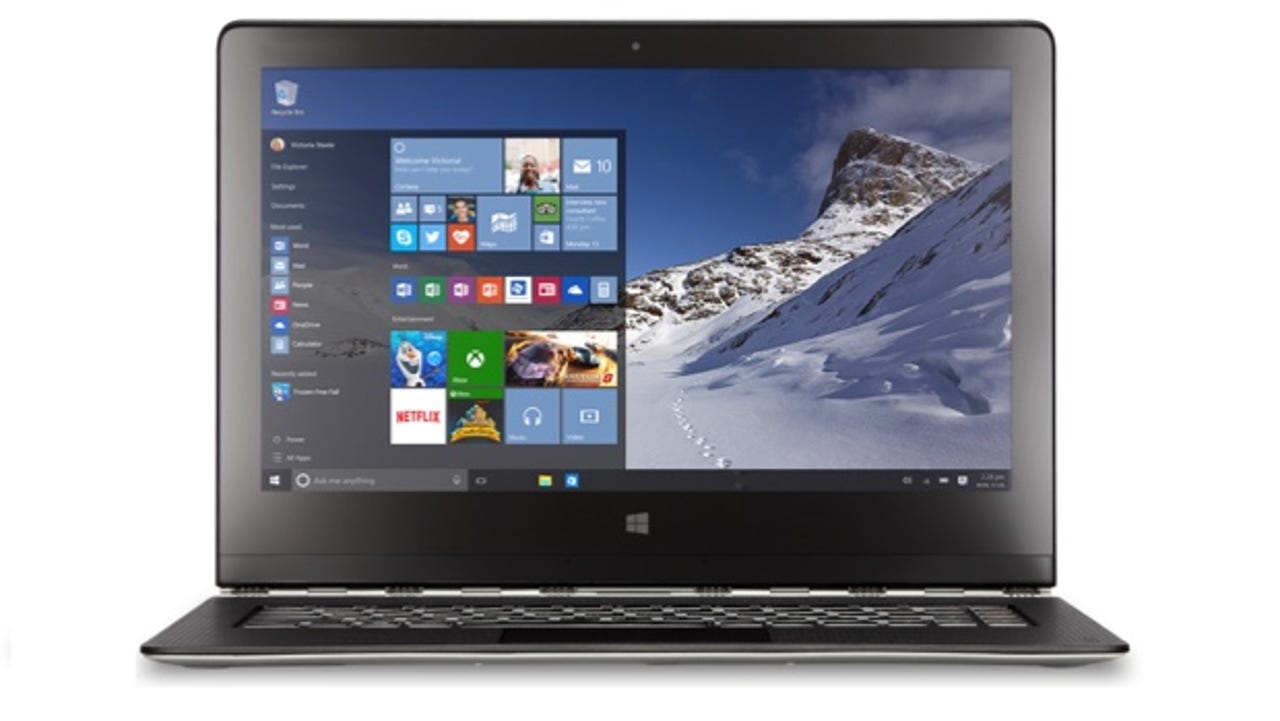Mandatory Windows 10 Home updates: The good, the bad, and the potentially ugly


If you want to run Windows 10 Home then you will have to agree to Microsoft's terms, and those now state that you agree to have updates automatically installed on your system.
You're agreeing to this when you accept the terms of the licensing agreement (you do read the EULA, right? Right?). Specifically [emphasis added]:
More Windows 10
"Updates. The software periodically checks for system and app updates, and downloads and installs them for you. You may obtain updates only from Microsoft or authorized sources, and Microsoft may need to update your system to provide you with those updates. By accepting this agreement, you agree to receive these types of automatic updates without any additional notice."
In fact, the only say in the matter you'll get is when your system is rebooted -- you'll be able to choose between an automatic reboot, or a reboot at a time that's convenient for you.
On the whole, I think that this is a great idea. Timely installation of operating system updates is one of the cornerstones to keeping a system safe and secure. The longer a system goes without receiving updates, the more at risk it becomes. Given that the default option for Windows is to download and install updates automatically, it's a safe bet to say that this is how most "Joe and Jane Average" users have their systems configured, so most people will never notice the change.
That said, it's nice to have an option. After all, Microsoft has been known to push out havoc-inducing updates. Two updates that I remember causing me grief over the past year or so were KB3033929 and KB3004394. Toxic updates have a special knack of making you hate your life, and it was nice to have the ability to quarantine problematic updates and prevent them from being installed onto all the machines over at the PC Doc HQ. For the most important PCs I like to let others shake out the update bugs for a few days before I apply the patches, just in case.
Under Windows 10 Home, that won't be an option.
Another problem I have with automatic updating is that it could become a conduit for offloading junkware onto users.
Microsoft does have some history with regards to this practice. Take, for example, KB2673774 which delivered a Bing toolbar to users, and KB2876229 which pushed Skype to users. Both were packaged as "optional" updates, which means that they weren't downloaded and installed automatically, but both are examples of what Microsoft has in the past tried to push to users via Windows Update.
More recently, Microsoft used KB3035583, first released as an "optional" update before being rereleased as "important," to push Windows 10 update nag messages to users. Microsoft reserves the "important" category for updates that "help keep your computer more secure and reliable, protecting your computer and your privacy," claiming that "[t]hese updates include security and critical updates, as well as reliability improvements." It's certainly debatable whether KB3035583 fell into that category.
Since it's not just security updates that Microsoft is going to be pushing out to Windows 10 users but feature updates too, users will have to trust Microsoft to exercise good judgment as to what it pushes down the pipes to end users.
Windows 10 Pro users get a bit more control over their systems, and will be able to switch over to the Current Branch for Business (CBB) version of Windows 10, which will allow them to delay feature updates. However, delaying for too long will result in security updates also being blocked.
The only Windows 10 users who will get complete control over updates are those running Windows 10 Enterprise who opt for Long Term Servicing (LTS).
AR + VR
I want to reiterate that I'm not saying that automatic updates are a bad thing. On the whole this is a good move that will help to make us all safer, regardless of what team colors we support. I'm also not accusing Microsoft of changing the EULA so it can be shady and push endless junkware at users. However, I am hoping that:
- The testing of patches has been improved given that many hundreds of millions of users won't be able to opt out or block a toxic update.
- Microsoft will show restraint in what it pushes down the pipes to users. Toolbars and similar assorted junk are not cool.
- Microsoft will be conscious of those on bandwidth-limited connections.
I know that "Windows-as-a-service" is Microsoft's latest thing, but as we saw with Windows 8, trying to shoehorn ideology ahead of the end user experience (in that instance it was the touch-first user interface) is a recipe for unhappy users. And unhappy users wouldn't be good for Microsoft's ambitions to have Windows 10 on a billion devices within a few years.
See also: